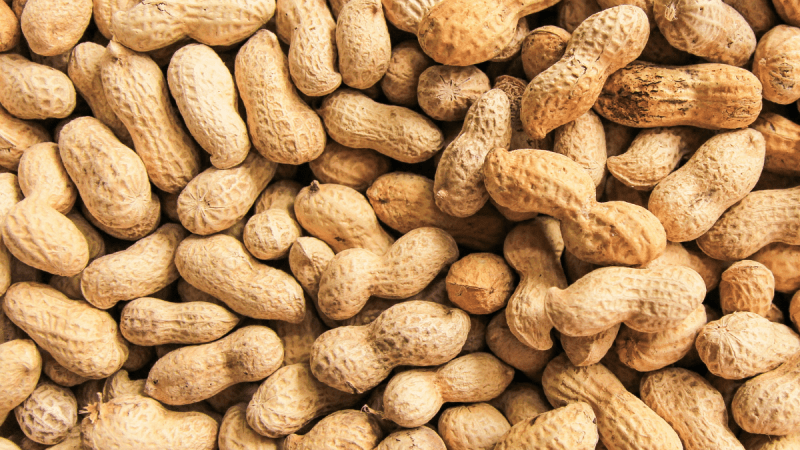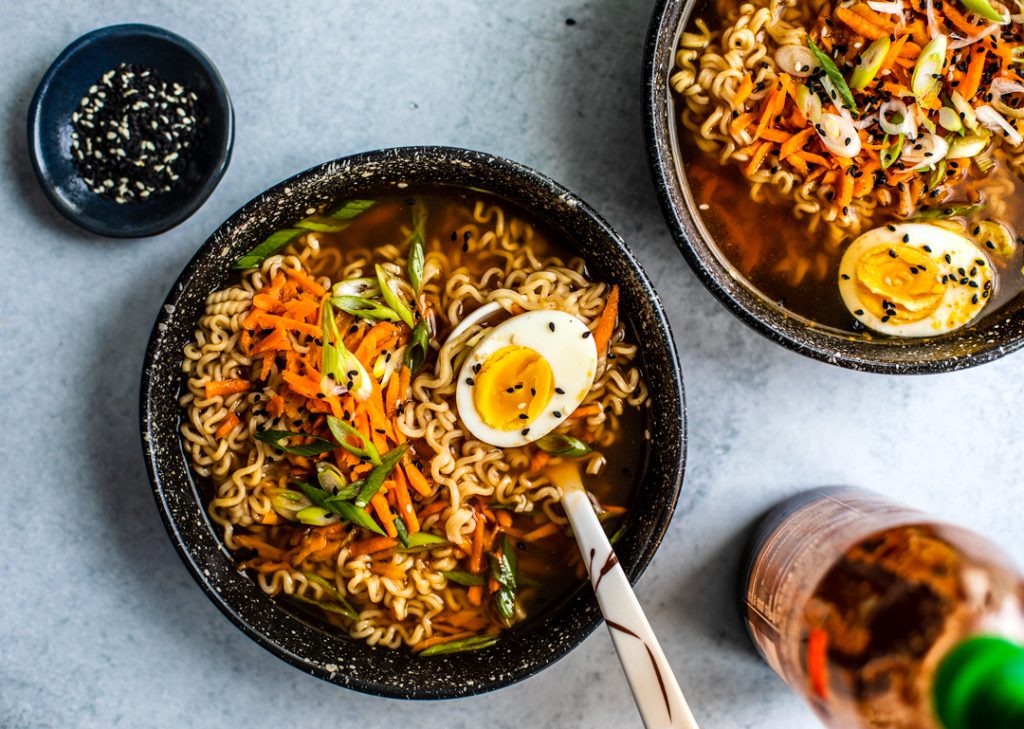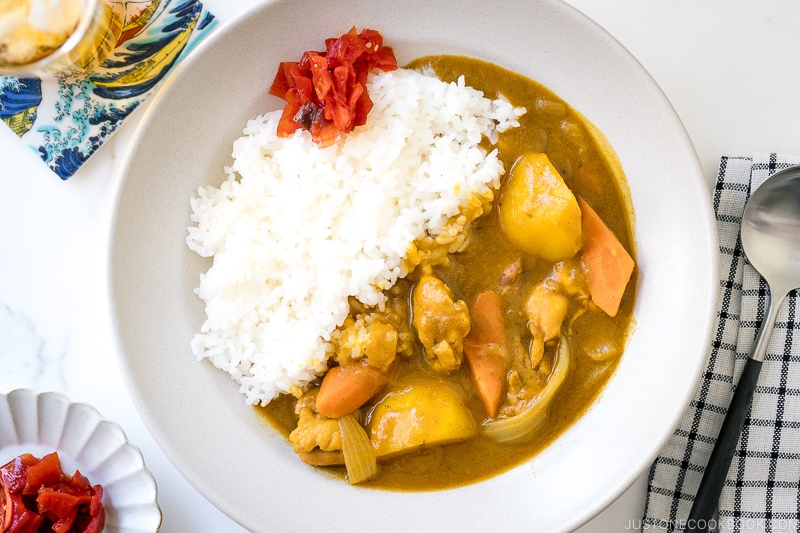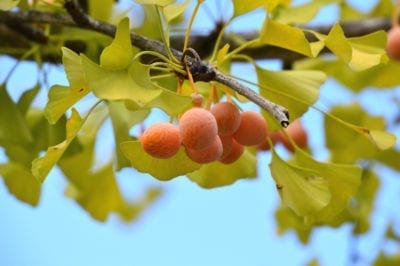Are Peanuts Used In Japanese Food?

While sushi is commonly linked with Japanese cuisine, it is diversified. But what if you’re allergic to peanuts? If that’s the case, you’re undoubtedly wondering if Japanese food contains peanuts.
Steamed white rice or noodles, grilled meats, and soy-marinated seafood make up the majority of Japanese cuisine. Peanuts and peanut oil are not at all used in traditional Japanese cuisine. Some nuts, such as ginkgo, Kuri, and Japanese walnut, may, nevertheless, be used in sweets and snacks.
Is it common to find nuts in Japanese cuisine?
No. You don’t have to be concerned about nuts in Japanese cuisine. When it comes to traveling with a peanut allergy, Japan is one of the best options. However, this does not negate the need for caution. Peanuts, in particular, are not native to Japan, and peanut oil, which is popular in many Asian nations, is not utilized in Japanese cooking.
Even though peanuts and peanut oil aren’t commonly used in traditional Japanese cuisine, cross-contamination should be avoided while eating street food. Alternatively, some restaurants, mainly if they provide western cuisine or cuisine influenced by neighboring nations.
Vietnamese cuisine, for example, has peanuts.
Fresh ingredients, such as herbs and vegetables, are used in Vietnamese cuisine. Peanuts are also used as a garnish or topper in various meals. They, too, do a great deal.
Is ramen nut-free?
No nuts or peanuts are used in traditional Japanese ramen. It’s usually served with pork, dried seaweed, bamboo shoots, and scallions and seasoned with soy sauce or miso. Ramen is made differently in nearly every location, but none contain peanuts. Or, for that matter, any nut.

Ramen is a Japanese noodle soup comprised of noodles and a broth of some sort (usually made of meat and sometimes fish-based).
Sapporo, the capital of Hokkaido, is known for its many different types of ramen.’ The city is most famed for its creamy miso ramen. Sweet corn, butter, bean sprouts, diced pork, and garlic are sprinkled on top. Scallops, squid, and crab are some of the local seafood options. Delicious!
Hakata ramen is named after a town in Kyushu.
It’s one of the most famous forms of ramen in Japan, with multiple chain restaurants serving it. It’s made with thin noodles and a thick, milky pork-bone broth, and it’s commonly garnished with pickled ginger, crushed garlic, and sesame seeds. On the side, spicy pickled mustard greens are offered.
If you have a history of serious allergic reactions, always inform the chef and take the necessary measures.
Are there peanuts in Japanese curry?
One of the most popular cuisines in Japan is Japanese curry, which does not contain peanuts. It consists of a pre-mixed roux, veggies, and meat and is served over rice, noodles, or in a pastry. Onions, potatoes, and carrots are among the veggies used. Meats such as beef, hog, and chicken are popular.
In addition, Japanese curry is significantly sweeter than Thai or Indian curry.
Although Japanese curry is lovely, it is not the healthiest option, especially rice or noodles.

MSG, preservatives, and artificial colors are commonly found in it. It’s also produced with wheat flour, so people living with celiac disease should avoid it.
If you want to make it good and healthy, you may skip the rice and noodles. But, personally, I’d instead enjoy a curry in all of its splendor once in a while then skip the rice and eat it more frequently. Without the rice, it’s just not the same.
Serve it with a salad to round up the meal.
And, while each Asian country has its own curry, they are usually rather diverse.
What are the most popular nuts in Japan?
The most common nuts in Japan are ginkgo (or Ginnan), Kuri (a kind of Japanese chestnut), Japanese walnut, and Ochi-no-mi (Japanese Horse Chestnut).
While Japan isn’t famed for its nuts, it does have many of them.
The Ginko nut is found inside the foul-smelling Ginko fruit. It’s delectable and in high demand. They have a lovely green color and are sometimes mistaken for pistachios. They’re usually impaled on top of pine needles or used in a savory custard. They’re chewy and slightly bitter, and they may be cooked in a skillet.
Kuri is a kind of chestnut endemic to Japan.
The Ochi-no-mi, or Japanese Horse Chestnut, may also be found. They’re also known as buckeyes, and they’re toxic when eaten uncooked. Toxins must be removed by extensive processing. Rice cakes are made using them.
Last but not least, the Japanese walnut. It has an oily feel and is quite tasty. The nuts are enormous and tasty, and the husks manufacture color.
Even though peanuts aren’t widely available in Japan, they may be found in various sweets and snacks. So, if you’re visiting Japan, you might want to stay away from such things. Or, at the very least, inquire about peanuts.
Is it true that peanut oil is utilized in Japanese cuisine?
In Japanese cuisine, peanut oil is seldom utilized. Finding it in Japanese supermarkets may be challenging. Canola oil and sesame oil are the most often used cooking oils in Japan. Processed foods, on the other hand, may be contaminated with peanuts.
Food is usually fried in canola oil, vegetable oil, or a combination of oils.
Canola oil is the most popular deep-frying oil. Other oils, such as sesame oil, are more flavorful. So, if you want tempura, it will almost certainly be fried with canola oil. It’s most likely sesame oil if you’re eating stir fry.
Snacks, sweets, cookies, and other processed foods, on the other hand, may have peanut contamination from the manufacturer. If you have a peanut allergy, it’s always better to stay away from them because many items aren’t labeled.
Even when things are clearly labeled, deciphering them might be difficult, especially if you have never read Japanese before.
Turkish cuisine, on the other hand, employs peanut oil.
Although Turkish cuisine does not often feature peanuts, it does employ peanut oil in its preparation. Peanuts are sometimes barred food and are eaten as a snack.
What are the most popular nuts in Japan?
The most common nuts in Japan are ginkgo (or Ginnan), Kuri (a kind of Japanese chestnut), Japanese walnut, and Ochi-no-mi (Japanese Horse Chestnut).
While Japan isn’t famed for its nuts, it does have many of them.
 The Ginko nut is found inside the foul-smelling Ginko fruit. It’s delectable and in high demand. They have a lovely green color and are sometimes mistaken for pistachios. They’re usually impaled on top of pine needles or used in a savory custard. They’re chewy and slightly bitter, and they may be cooked in a skillet.
The Ginko nut is found inside the foul-smelling Ginko fruit. It’s delectable and in high demand. They have a lovely green color and are sometimes mistaken for pistachios. They’re usually impaled on top of pine needles or used in a savory custard. They’re chewy and slightly bitter, and they may be cooked in a skillet.
Kuri is a kind of chestnut endemic to Japan.
The Ochi-no-mi, or Japanese Horse Chestnut, may also be found. They’re also known as buckeyes, and they’re toxic when eaten uncooked. Toxins must be removed by extensive processing. Rice cakes are made using them.











